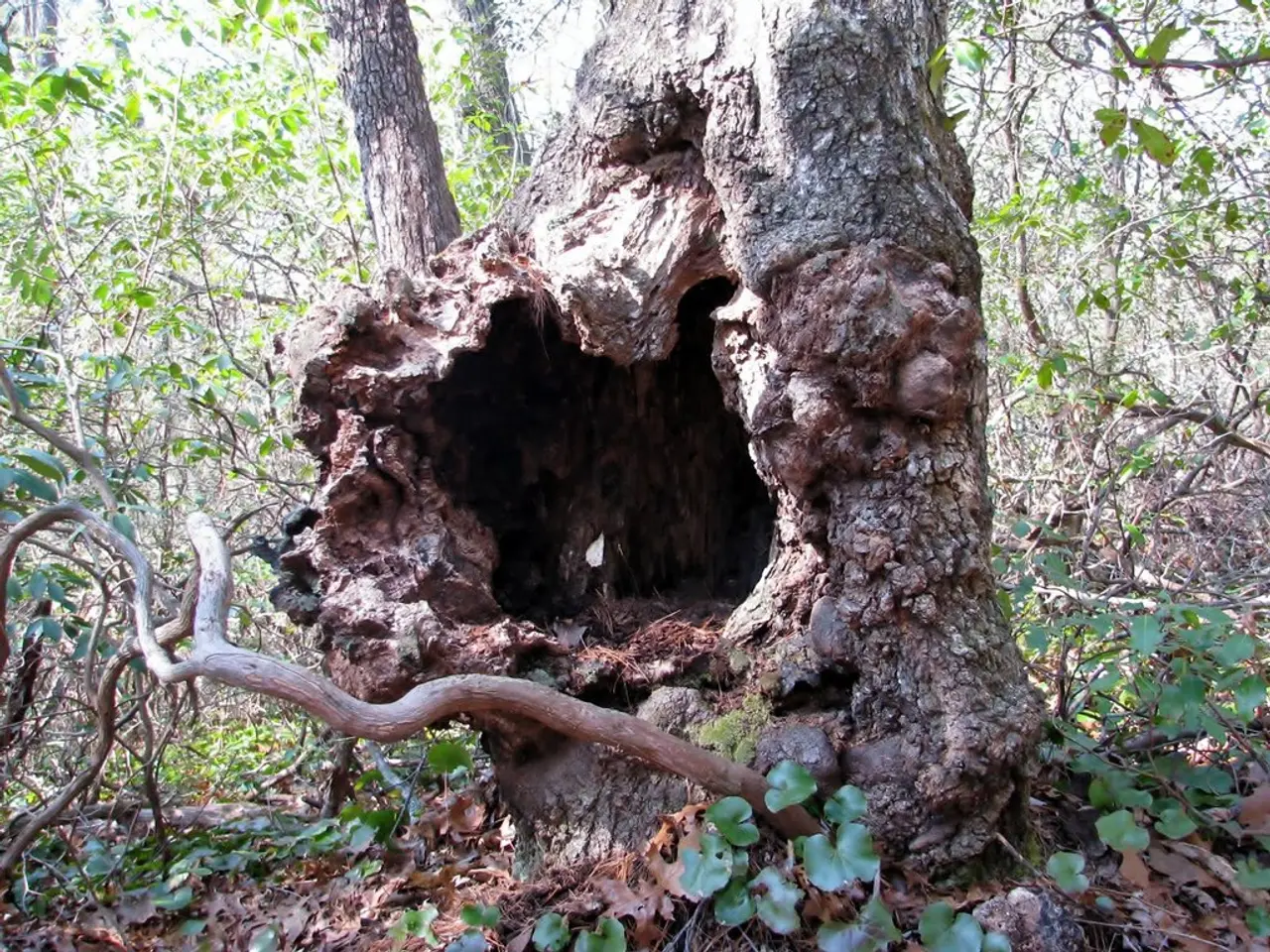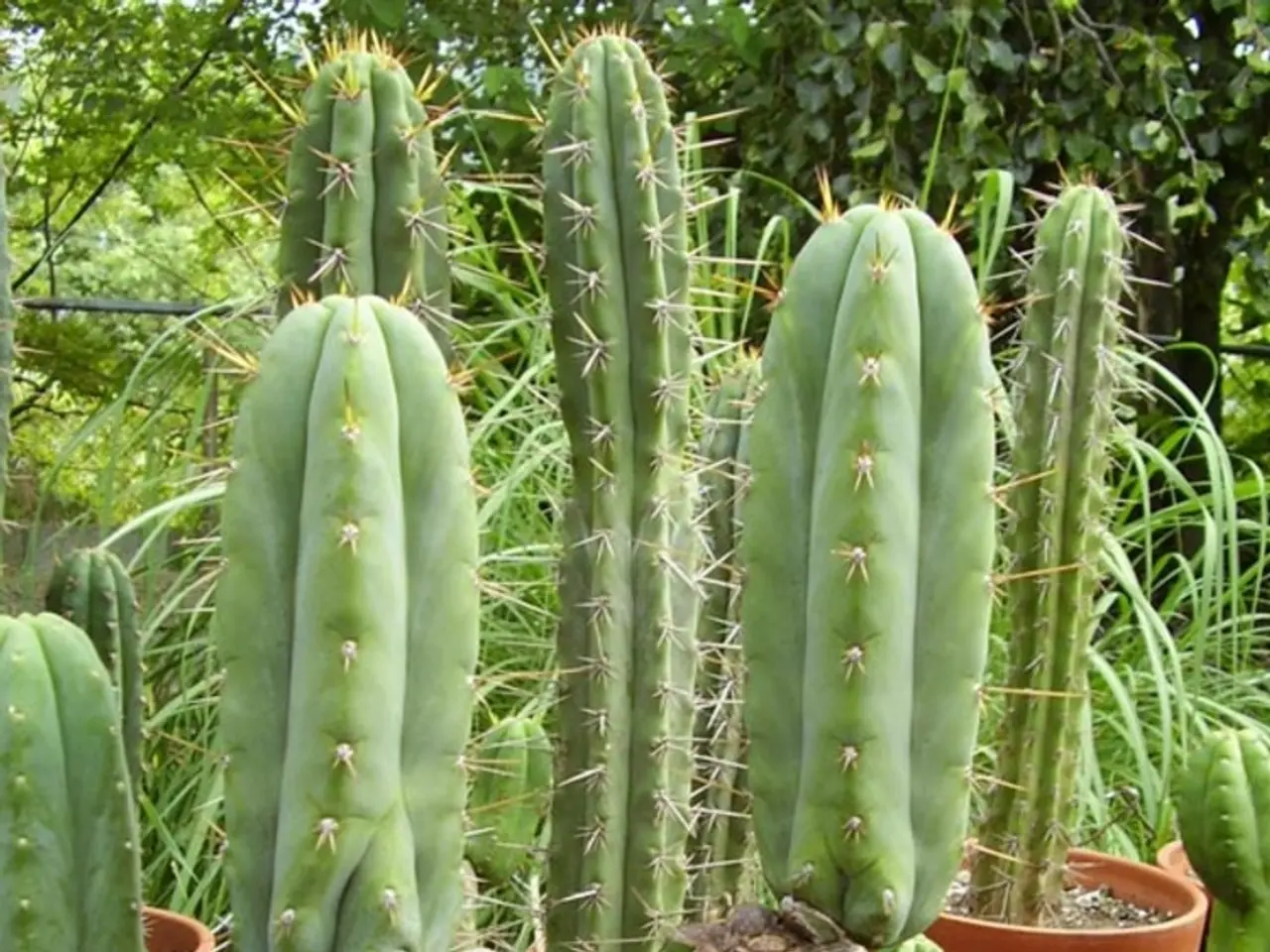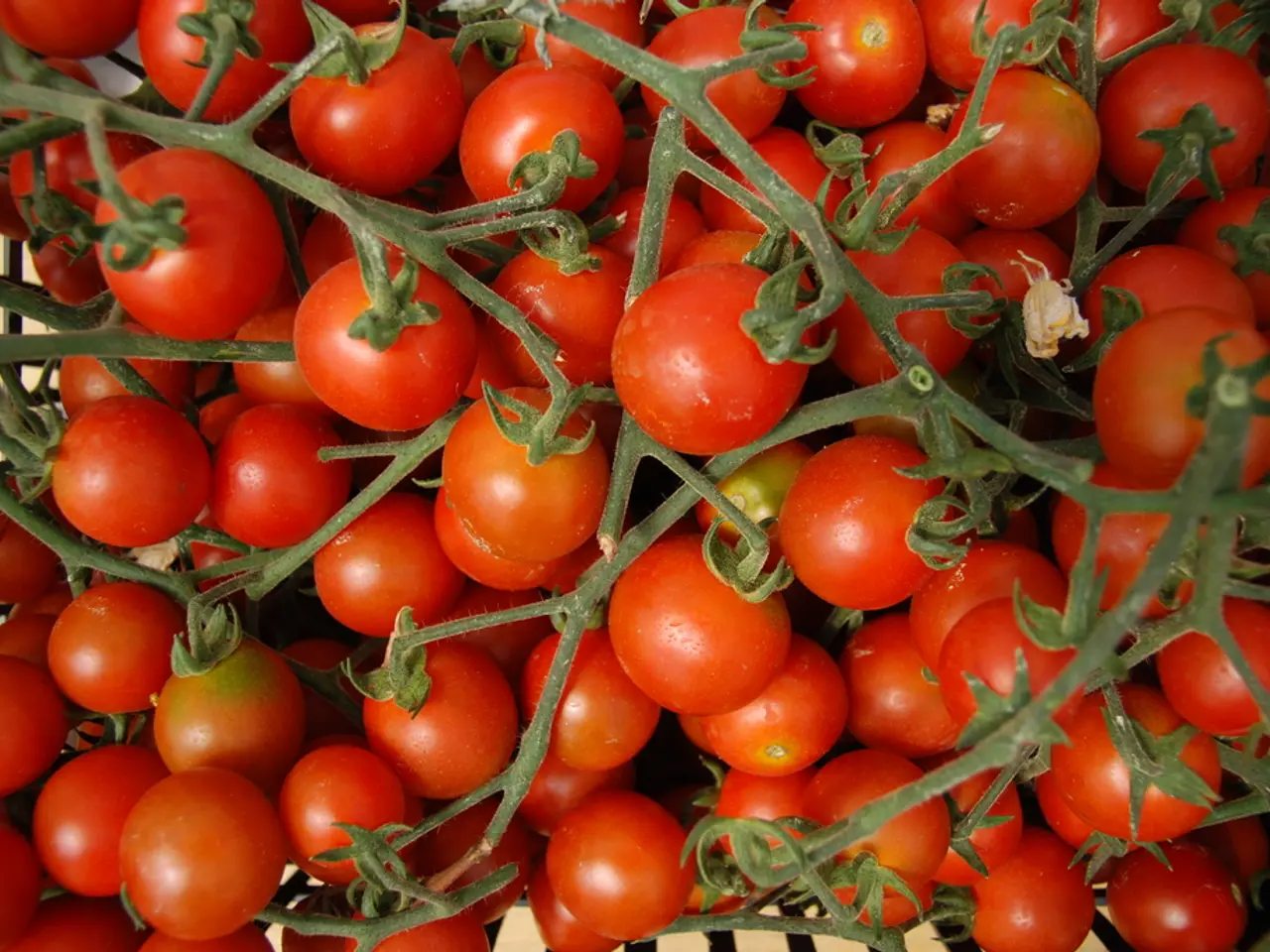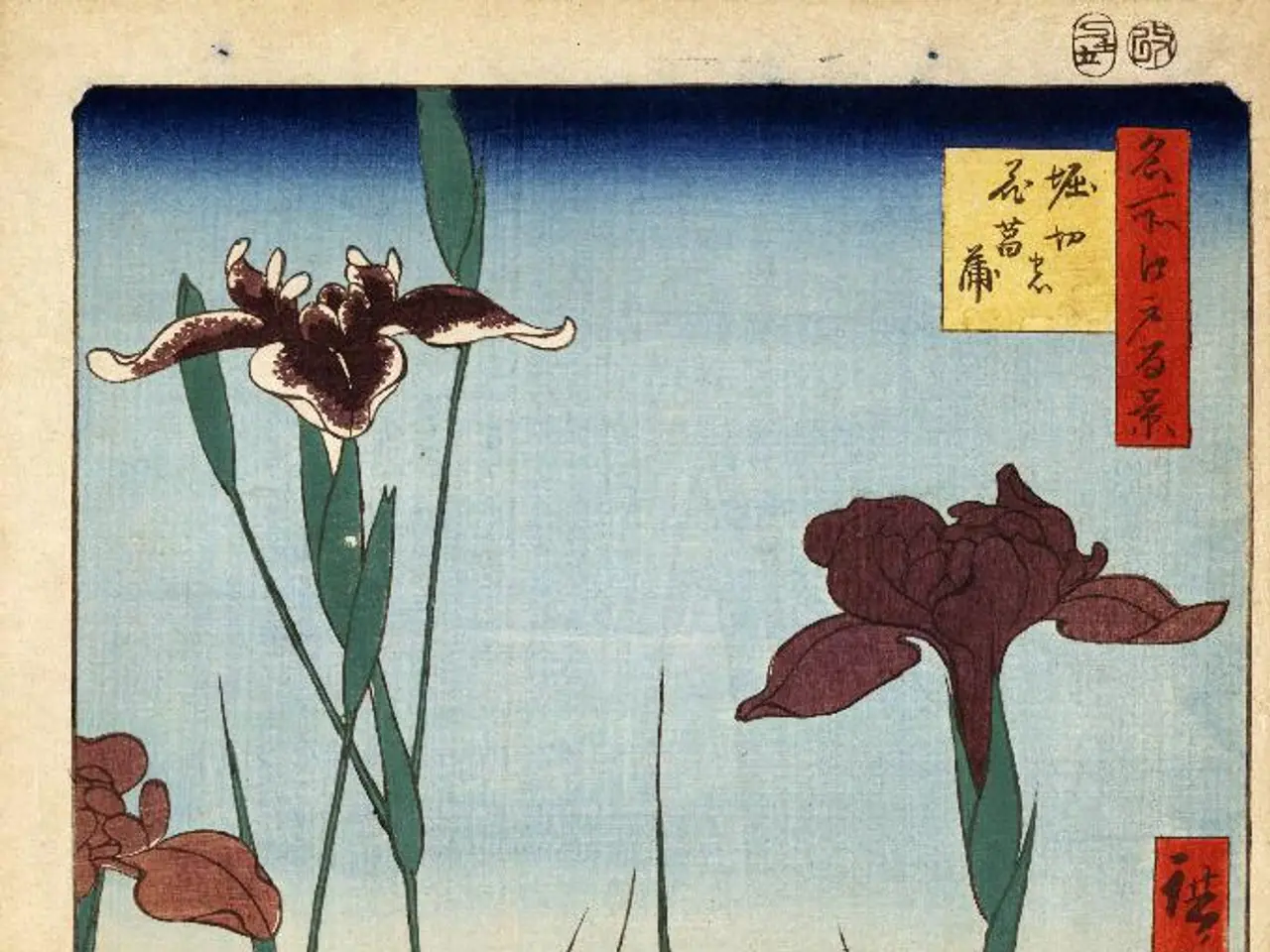Bonsai Branch Pruning Method: Sculpting Trees for the Future Ahead
The world of bonsai cultivation is a delicate dance between artistic expression and nurturing the tree's inherent vitality. One of the strategic methods used to shape this miniature masterpiece is the sacrificial branch technique. This approach, primarily employed to influence trunk thickness, taper, and branch placement, can transform a bonsai into a visually stunning work of art.
By allowing one or more sacrificial branches to grow without pruning, energy and nutrients are directed towards thickening the trunk, resulting in a fatter, more robust trunk. This is a desirable trait in bonsai aesthetics, as it contributes to the tree's overall robustness and realism.
The sacrificial branches also play a crucial role in developing a natural taper. By selectively leaving sacrificial branches at specific heights while pruning others, growers can create a thicker base that gradually tapers towards the top, enhancing the visual realism and maturity of the bonsai trunk.
Moreover, sacrificial branches encourage the development of new lower branches (or Nebari, the surface roots). When these branches are later cut back or removed, the tree responds by producing more secondary branches and fine ramification, resulting in a denser, more refined crown with well-placed branches that mimic a mature tree's natural structure.
However, it's essential to strike a balance between aesthetic appeal and the tree's overall health. Regularly pinching or pruning tips can encourage bushier growth and prevent excessive length in sacrificial branches. Overuse of sacrificial branches may compromise the bonsai's health and aesthetic, so pruning and replacing with new growth is recommended.
Caution should be exercised when employing sacrificial branches on newly collected or young bonsai, as they may be more prone to stress and damage. Pruning should be done at the best time to harness the redirected energy and capitalise on the desired growth patterns. Fresh pruning wounds require meticulous care to promote rapid recovery and prevent disease.
Sacrificial branches can also be used to create striking deadwood features, adding texture and visual interest to the tree's design. The technique works better on species with naturally fast growth rates, such as Ficus and Juniper.
In summary, the sacrificial branch technique is an effective tool to naturally promote trunk thickening and taper creation, while guiding the tree's energy to develop lower branches and better branch structure essential for creating a visually appealing bonsai. With careful application and consideration for the tree's health, this technique can transform a bonsai into a living sculpture that honours the tree's inherent vitality while pleasing the eye.
In the realm of bonsai cultivation, employing sacrificial branches can aid in abundant growth, leading to a thicker trunk and a more realistic appearance for the bonsai, aligning well with home-and-garden lifestyle preferences that appreciate natural-looking plant life. Furthermore, these sacrificial branches contribute to the development of a natural taper in the bonsai's trunk, and stimulate the growth of lower branches, known as Nebari, which resemble the surface roots of a mature tree, contributing to the overall lifestyle and home-and-garden goal of cultivating aesthetically pleasing and realistic bonsai trees in the home-and-garden setting, and enhancing gardening hobbies.




